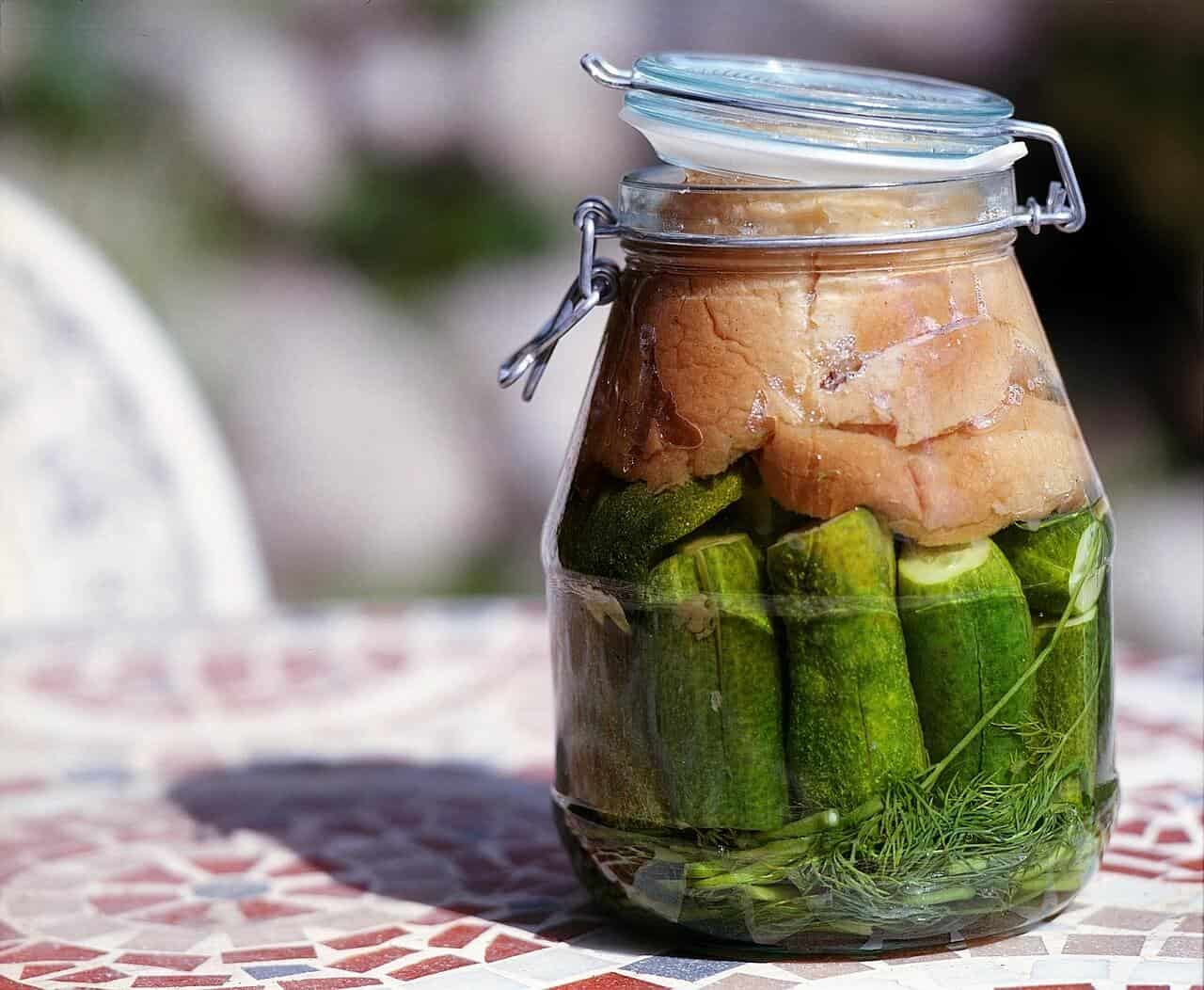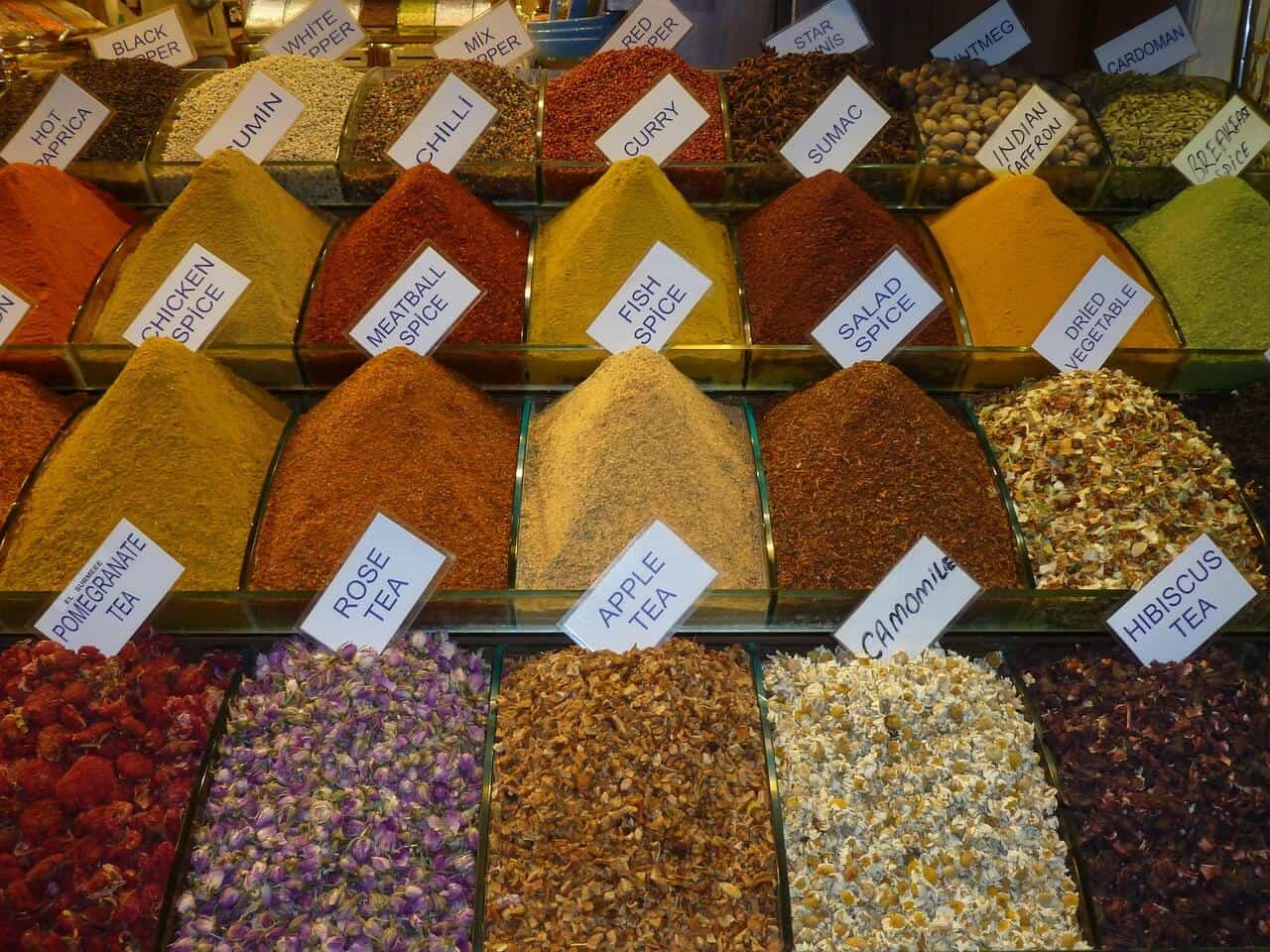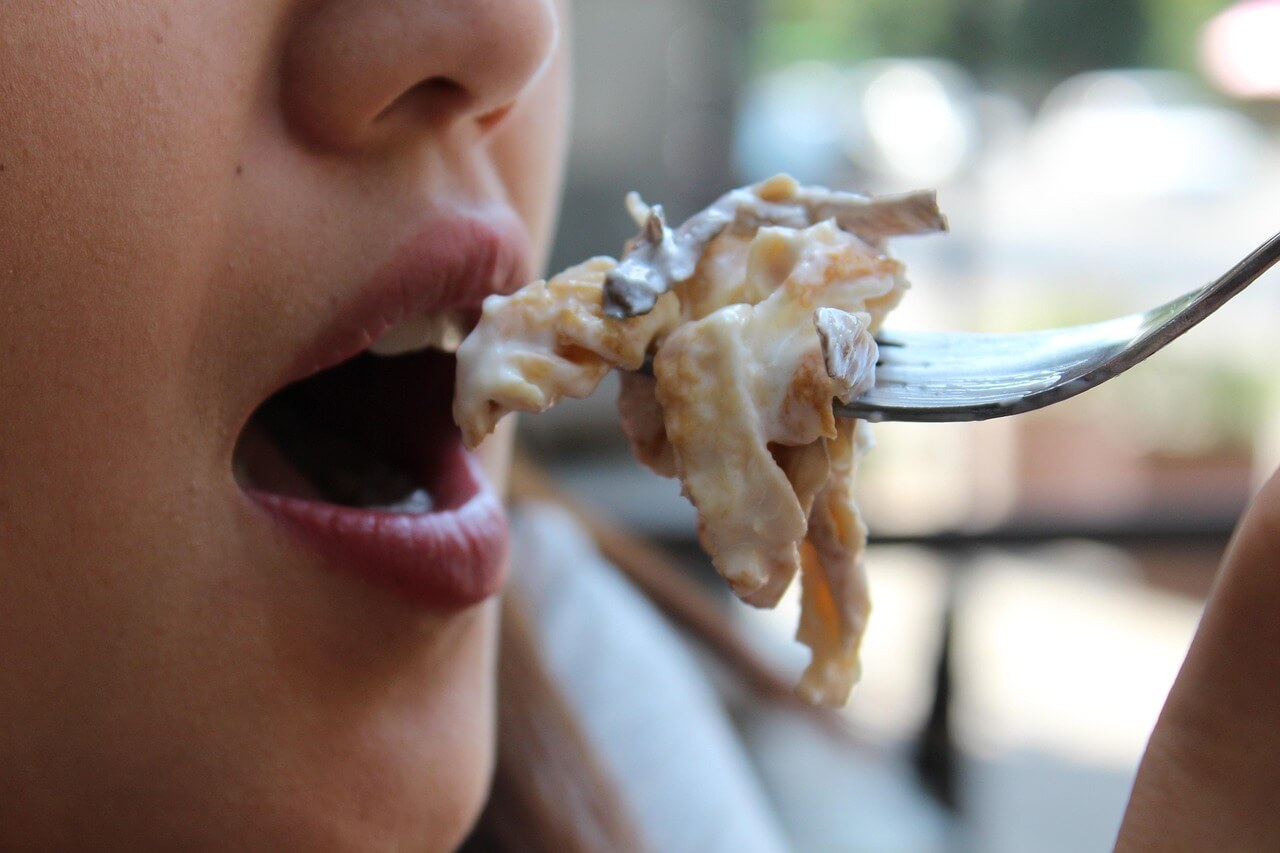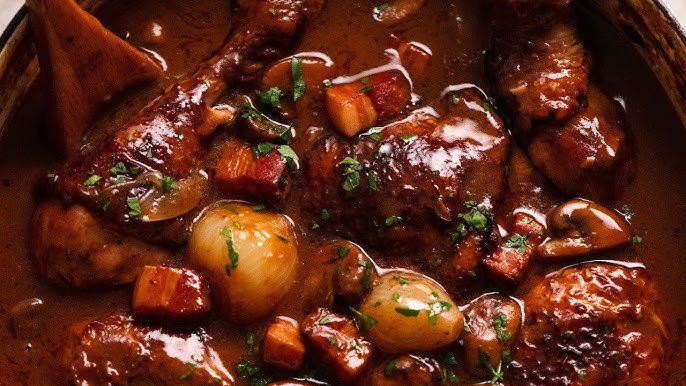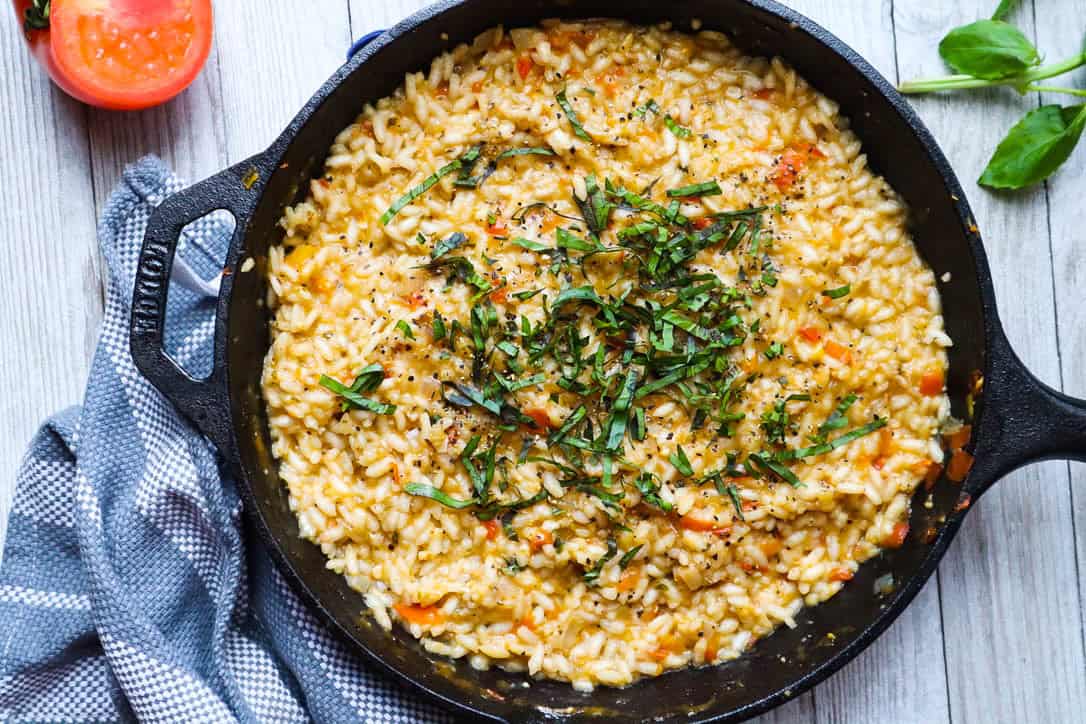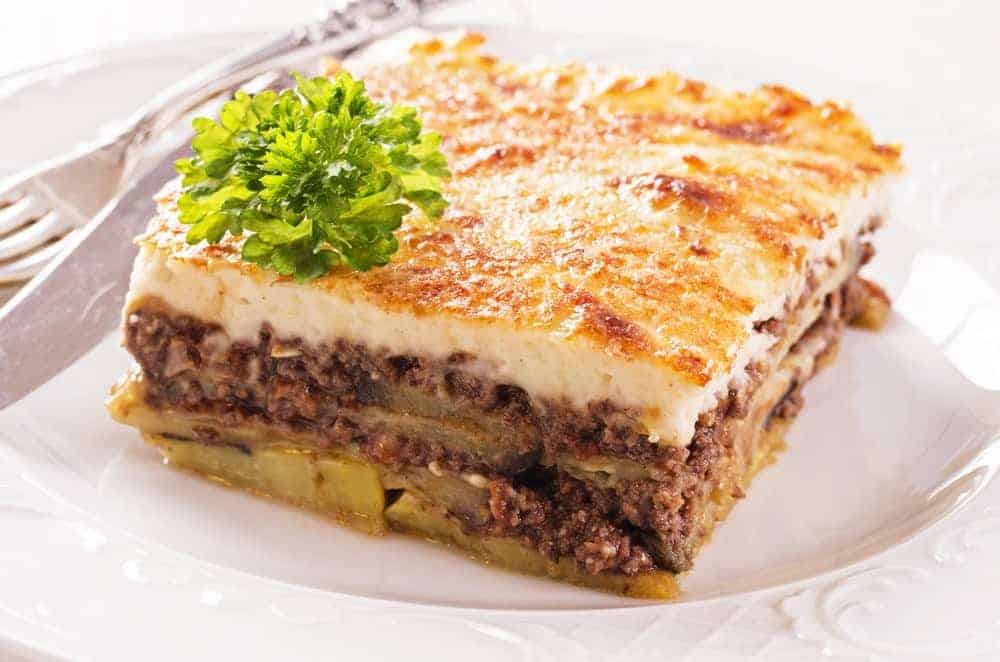Many of us can look back on our childhoods with fond nostalgia—the games we played, the friends we made, and the adventures we embarked on. However, there’s one aspect that might not evoke such warm memories: the notorious meals that seemed designed to test our tiny taste buds and patience at the dinner table. From mystery meatloaf to quivering blocks of gelatin salad, these culinary concoctions have left more than a few of us scarred. Below, we explore ten meals that have sent shivers down the spines of many kids and for some, still haunt their adult palates.
1. Liver and Onions
Liver and onions often bring about shudders and grimaces from even the bravest of eaters. This dish features a distinctive strong flavor paired with a mushy yet grainy texture that can challenge anyone’s taste buds, let alone those of a child. The preparation of liver tends to bring out its robust aroma, filling the house with a scent that can linger long after the meal is over. For many children, the taste of liver is akin to eating a piece of the sky—complex, metallic, and wholly unappealing. The presence of sautéed onions does little to mask the liver’s powerful aftertaste, making it a meal that many kids would refuse even to try.
The Psychological Effect
The notion of eating liver is steeped in culture and often associated with health benefits, such as being high in iron. However, the strong flavor and texture can have the opposite effect on children, leading to a lifelong aversion. Many kids would opt for hunger over a plate of liver and onions, which adds an emotional layer to the experience.
2. Brussels Sprouts
Although Brussels sprouts have seen a resurgence in popularity thanks to new cooking techniques that enhance their flavor, the preparation of yore often involved boiling them into a soggy, bitter submission that no amount of seasoning could rescue. These little green globes, which somewhat resemble tiny brains, became the bane of many children’s dining experiences.
The Transformation
Today, Brussels sprouts are often roasted or sautéed, bringing out their natural sweetness. However, the childhood memories of overcooked sprouts drenched in butter and salt remain etched in the minds of those who suffered through them. The bitterness of poorly cooked Brussels sprouts often led to them being pushed around the plate, and many children learned quickly to employ covert tactics to avoid eating them.
3. Tuna Noodle Casserole
Tuna noodle casserole is a staple of mid-20th-century American kitchens, but for many kids, it meant a confusing mixture of dry, overcooked noodles, chunks of tuna, and a creamy, often congealed sauce. Its commonplace presence on dinner tables across the nation did little to endear it to youthful palates.
The Culinary Experiment Gone Wrong
The casserole often lacked any semblance of creativity or appeal. Instead, it was a one-dish wonder that left kids staring in disbelief. The thought of a seafood pasta dish seemed like an odd culinary experiment that no one had signed up for, resulting in countless bowls being left untouched.
4. Spinach
Despite Popeye’s enthusiastic endorsements, spinach was the archenemy of many kids. When not prepared properly, the overcooked version of these green leaves could feel like a slimy punishment rather than a healthful side dish. The notion that spinach was healthy didn’t translate well when it came to the dining table.
The Disgust Factor
Kids often found themselves struggling with the texture of overcooked spinach, which turned from vibrant green to a dull, lifeless mass on their plates. Coupled with its rather unappealing taste, spinach could cause a full-blown revolt at the dinner table, with children desperately trying to negotiate their way out of eating it.
5. Beef Tongue
The idea of eating beef tongue can be unsettling for a child, and its texture often leads to stares of disbelief followed by firm refusals to even try a bite. The unique preparation of beef tongue, which typically involves slow-cooking and slicing, doesn’t do much to alleviate the psychological hurdle it presents to young eaters.
The Texture Issue
For many kids, the texture can be off-putting; it often feels fatty and gelatinous, making it a challenge to even chew, let alone swallow. The concept of consuming an animal’s tongue can lead to uncomfortable discussions at the dinner table, which often results in plates left virtually untouched.
6. Peas
Peas have a reputation for being a dreaded sight once they start appearing in nearly every dish as a filler—from pot pies to macaroni and cheese. For many children, their mushy texture and uninspiring taste turned dinner into a lengthy ordeal of covert pea-hiding tactics.
The Overabundance
The presence of peas in meals often felt excessive, and the idea of eating these little green balls became synonymous with blandness. The struggle to push them around the plate and avoid detection from parents became a rite of passage for many kids.
7. Lima Beans
Another legume that found little love from the younger set, lima beans particularly suffered from their starchy, mealy nature. Kids could spend an eternity pushing them around the plate in the hopes they might somehow disappear.
The Negative Associations
Lima beans often arrived on the table undercooked or overcooked, leading to an unappetizing experience. The texture was typically grainy and dry, and when paired with a lack of flavor, it created a dish that became infamous among children for its sheer unappetizing nature.
8. Meatloaf
While meatloaf can be the ultimate comfort food for some, for others, it serves as a reminder of dense, dry loaves filled with unidentifiable bits and overbearing spices or ketchup. The inconsistency in texture and flavor means that meatloaf can either be a family favorite or a lesson in culinary endurance.
The Surprising Contents
The mystery of what goes into meatloaf is often a source of dread for kids. From ground meat to various seasonings, the combination can lead to some unexpectedly shocking tastes. Many kids remember meatloaf as an exercise in endurance, negotiating bites while staring at the clock, wishing for the meal to end.
9. Canned Spinach
Separate from its fresh or frozen counterpart, canned spinach often had a peculiar, almost metallic taste and a texture that left little to be desired. The thought of consuming something out of a can evokes a sense of trepidation, especially for kids who were promised nutritious meals.
The Lifetime Aversion
For many, canned spinach alone could lead to a lifelong aversion to the vegetable. The challenge of trying to mask its flavor with cheese or butter often fell short, leaving kids disillusioned about the joys of eating vegetables altogether.
10. Gelatin Salads
In some bygone era, gelatin salads were considered the height of culinary innovation. Featuring an array of ingredients like shredded carrots, canned fruits, or even seafood encased in wobbly gelatin, these creations rendered children speechless—and not in a good way. The combination of sweet and savory elements often confused young taste buds, making it a dish better observed than consumed.
The Visual Impact
The sight of gelatin salads could send kids into a tailspin. The jiggly, colorful concoctions often appeared more as art pieces than actual food, leaving many to wonder how they would even approach such a dish.
Conclusion
Whether these meals simply fell out of favor or were victims of their time, they represent a rite of passage in many of our dining histories. For some of us, they’ve become fond (or at least funny) memories; for others, they’re dishes to be avoided at all costs. The experiences tied to these meals have shaped many childhoods, leaving lasting impressions—if not on the palate, then certainly on the psyche.
While our culinary tastes may have evolved, the memories of these ten traumatizing meals will forever linger in the collective consciousness of those who grew up enduring them. So, the next time you sit down for a meal, take a moment to appreciate the flavors that grace your plate and be grateful that liver and onions are no longer on the menu.


